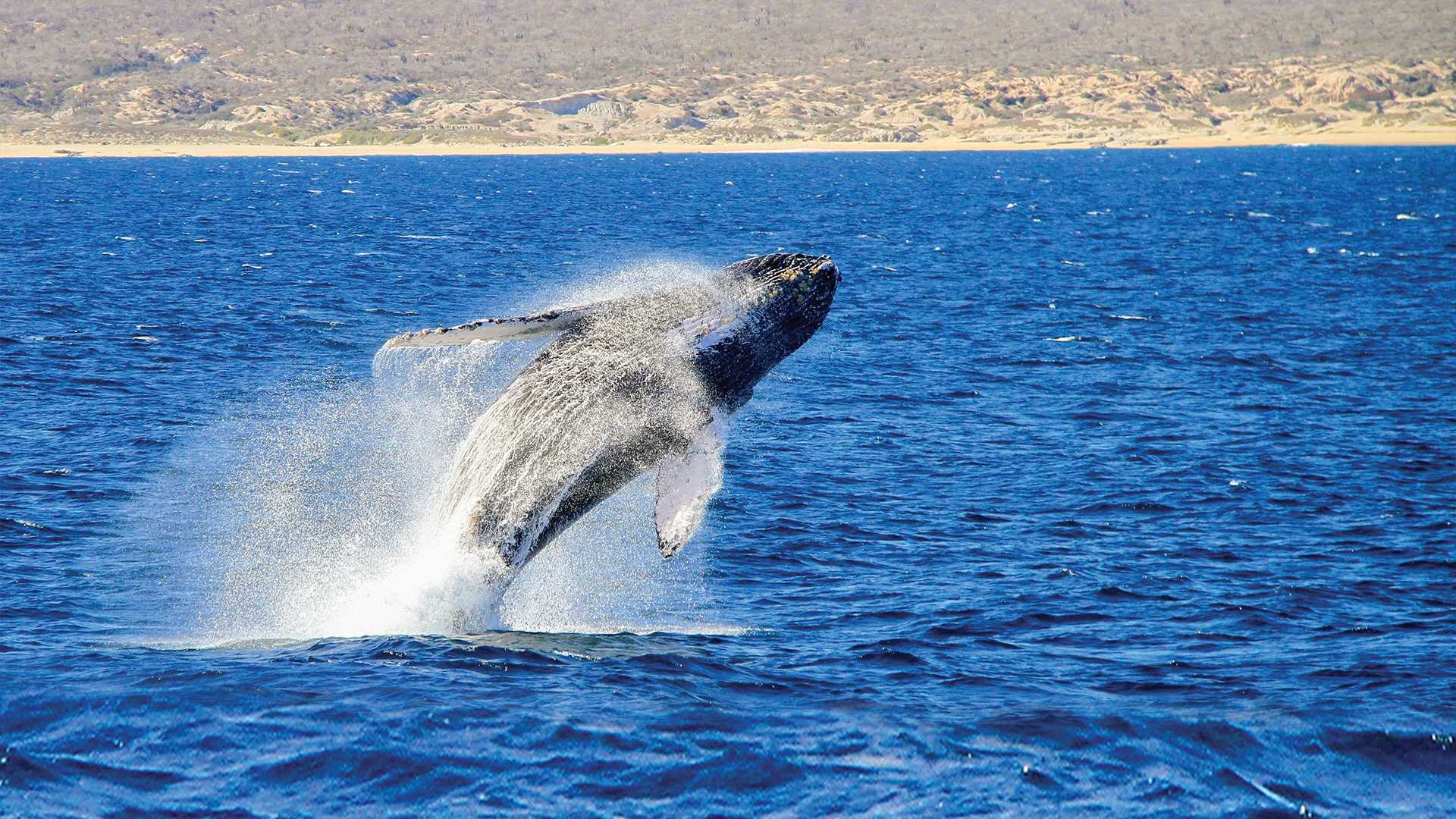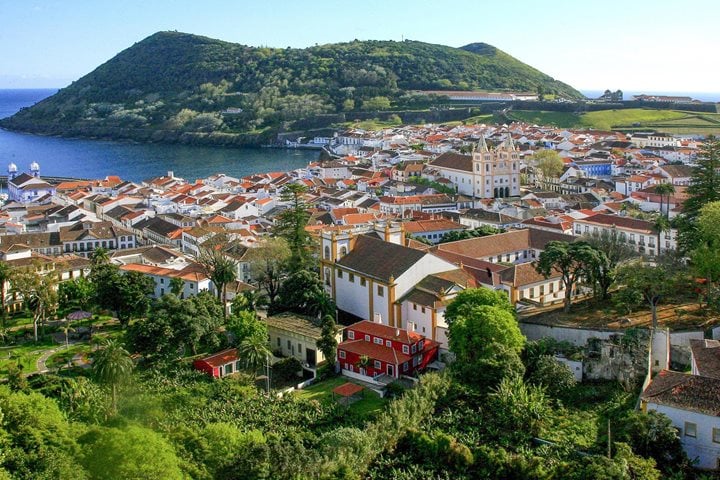During spring in Cape Verde, the ocean is alive with whale song. Every March, this archipelago’s breeding population of about 250 humpback whales starts returning from the North Atlantic. They come to the sheltered waters around Cape Verde’s eastern islands to breed and bear their young—and it’s the time of year they are most vocal. Get Inspired By Photos, Videos, Webinars, Stories, And Exclusive Offers. Sign Up
Most humpback whales are migratory. About 11,500 of them spend the summer and fall feeding in the rich, sub-polar regions of the North Atlantic. Come the end of the year, they migrate south to clearer and calmer waters. The vast majority head across the Atlantic to the West Indies in the Caribbean Sea, but a small group returns to Cape Verde. They look the same as the Caribbean whales, and they sing the same songs, yet they rarely interbreed.
Commercial whaling severely reduced humpback populations from historical levels. In 1985, the International Whaling Commission put a whaling moratorium in place, which has played a major role in humpback recovery. But some populations are not bouncing back. The humpbacks of Cape Verde are still listed as endangered by the United States Endangered Species Act, even though the population from the West Indies—that shares the same feeding ground—is increasing by 3-5 percent annually. Nobody can yet account for this difference. Scientists, including Lindblad naturalist Dr. Conor Ryan, have been studying this population to untangle the complex factors holding Cape Verde’s humpbacks back from recovery.
In addition to humpbacks, Cape Verde is known for whales of all kinds, especially some of the lesser known toothed whales including pilot whales, false killer whales, pygmy killer whales, and melon-headed whales. They are not easy to spot, but they travel throughout the archipelago. Some hunt fast fish like bonito and dorado, which benefit from the mixing of the Canary cold water current, which flows down from the north, and the warmer currents flowing up the coast of Africa.
For a visitor to Cape Verde, it will likely be something above the surface of the water that makes a strong first impression, perhaps the trade winds, volcanic cliffs, or lush leeward valleys. Yet the marine life here is also a vital part of this island nation, and Lindblad guests have many opportunities to observe a variety of endangered, elusive whale species.




